Storks are large, long-necked, long-legged birds which wade with long, stout bills. They have no syrinx (vocal organ) and are therefore mute, giving no call, and instead communicate by clattering their bills. Many species are migratory and most storks eat fish, insects, frogs, earthworms and even small birds and mammals. They are heavy birds (weighing up to eight kilograms) with wide wingspans – the Marabou stork has a wingspan of 3.2 meters! They make large nests that may be used for many years; some nests have been known to be in excess of two meters in diameter and three meters in depth.
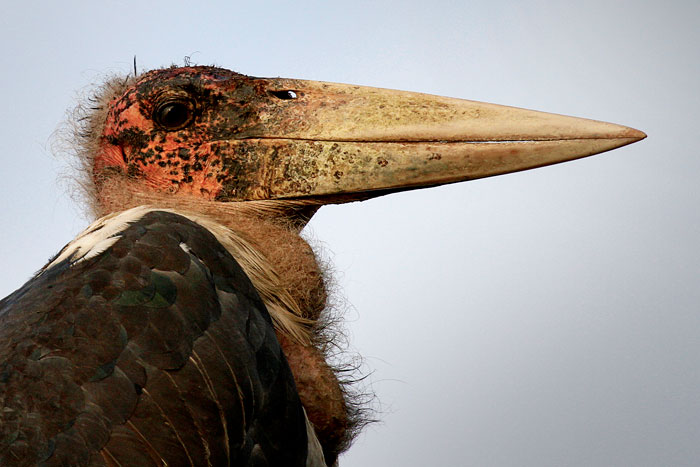
The Marabou Stork in all its glory. Photographed by James Hobson
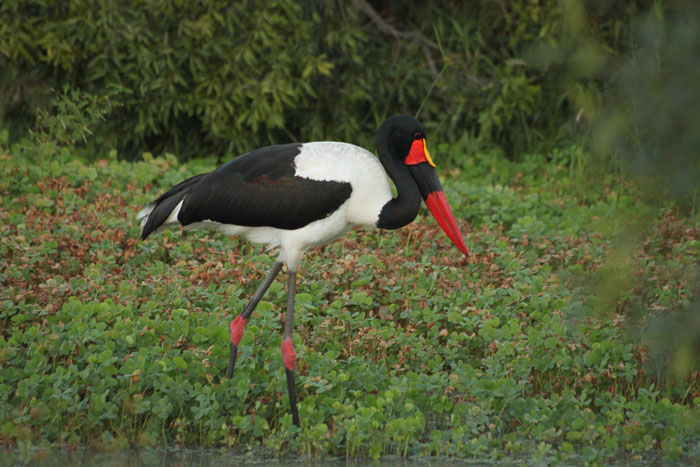
The Saddle-billed Stork. Photographed by Adam Bannister

A white stork. Photographed by James Hobson.
These long-legged birds tend to fly by soaring and gliding, a method which conserves energy and it is this mode of flight which takes me back to how the Hartenberg Stork Shiraz got its name.
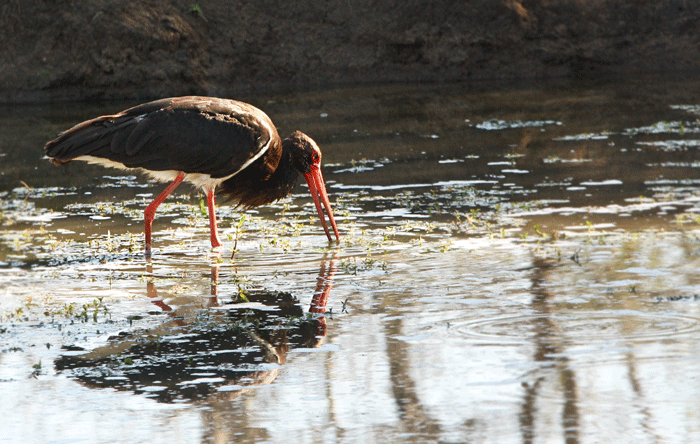
The Black Stork . Photographed by James Tyrrell.
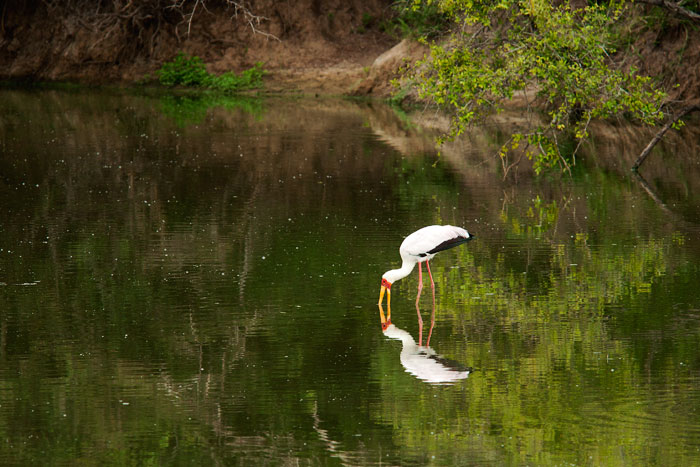
Yellow-billed Stork. Photographed by Talley Smith.
The History of the Stork
Hartenberg is based in Stellenbosch and has a long history. The farm was first settled on by Cunraad Boin and Christoffel Esterhuizzen who were granted permission to work 60 morgen (20 hectares) of the land in 1692. The first thing the two friends did was clear the land to plant 2,000 vines. In 1704, Christoffel Esterhuizzen was granted the title deed to “Het Hartenberg” by Governer Willem Adriaan van der Stel and became the first official owner of the farm. By 1718 he had planted 10,000 vines on the property.
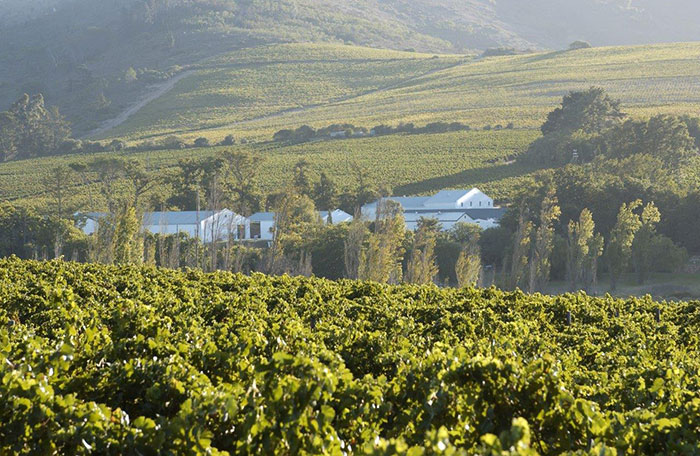
The Hartenberg Vineyards situated in Stellenbosch
Over the next 250 plus years the farm changed hands numerous times and was owned by the likes of Paul Keyser, a well-known elephant hunter; Jacob van Bochen who also purchased Weltevrede adjoining Hartenberg and the two farms have remained combined, forming Hartenberg as it is today; Arrie Lekkerwyn (Lekkerwyn is Afrikaans for nice wine) and Aaron van Ceylon (a freed slave); Jacobus and Johannes Bosman who sold it to the Hampf family. Mr Hampf became the first officially recorded winemaker on the estate. In 1948 Hartenberg was bought by Dr Maurice Finlayson and his wife, Eleanor. They produced two sons, Peter and Walter, who are now renowned South African winemakers in their own right.
The Next Generation
In 1987 the farm was purchased by Ken Mackenzie, and his daughters today continue a program of investment in the farm, focusing on replanting specific sites to premium varietals, development of production facilities and upliftment through knowledge and skills development for their employees.
It is after Ken Mackenzie that the Hartenberg Stork was named. Ken was a tall and lanky chap with long thin legs. He served as a Spitfire pilot in World War Two where he quickly earned the nickname “Stork”. In honour of him, Hartenberg named their flagship wine made from 100% Shiraz grapes, which was one of Ken’s favourite varietals.
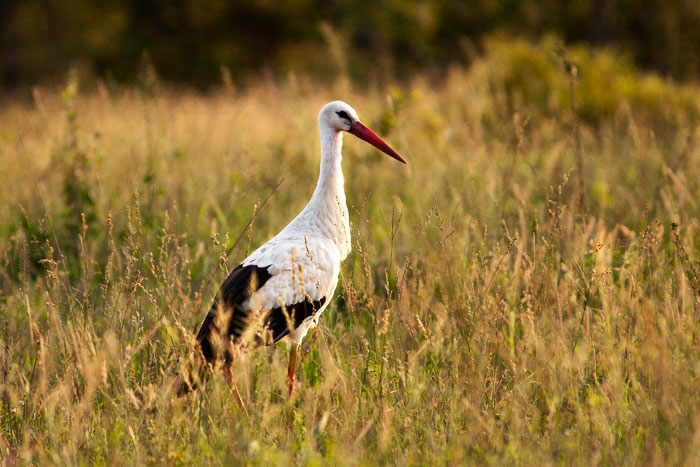
The White Stork. Photographed by Talley Smith.
Tasting the Stork
Hartenberg also has the largest privately owned underground cellar in South Africa. It was commissioned in the late 1980’s and acts as a gallery to twelve artworks by German coppersmith, Karl Heinz Wilhelm. The artworks took two years to complete and describe each of the twelve phases of cultivating and producing wine.
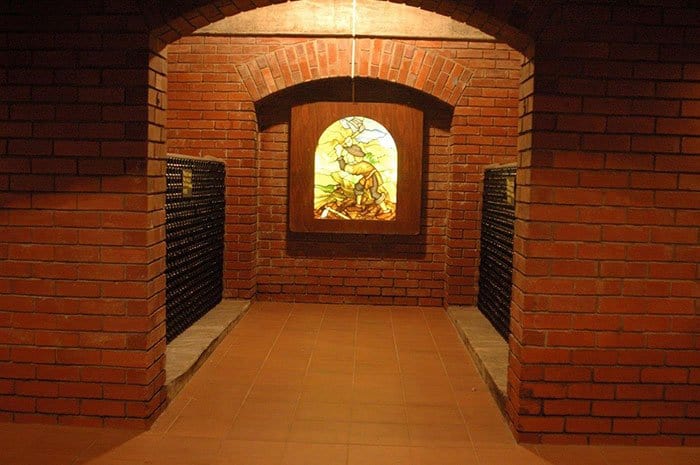
Hartenberg’s underground cellar
When you next find yourself looking at a stork, try a glass or two of the Hartenberg Stork. The wine is great when paired with a slow cooked lamb, and is best enjoyed in the boma around the glowing flames of a fire.


Rich Laburn is filmmaker, photographer and writer who is based at Londolozi Game Reserve in South Africa. Spending his time capturing scenes of the wild and communicating the beauty of the African bushveld, he runs the Londolozi Blog as a way to entertain and engage people wishing to visit these wild lands.








